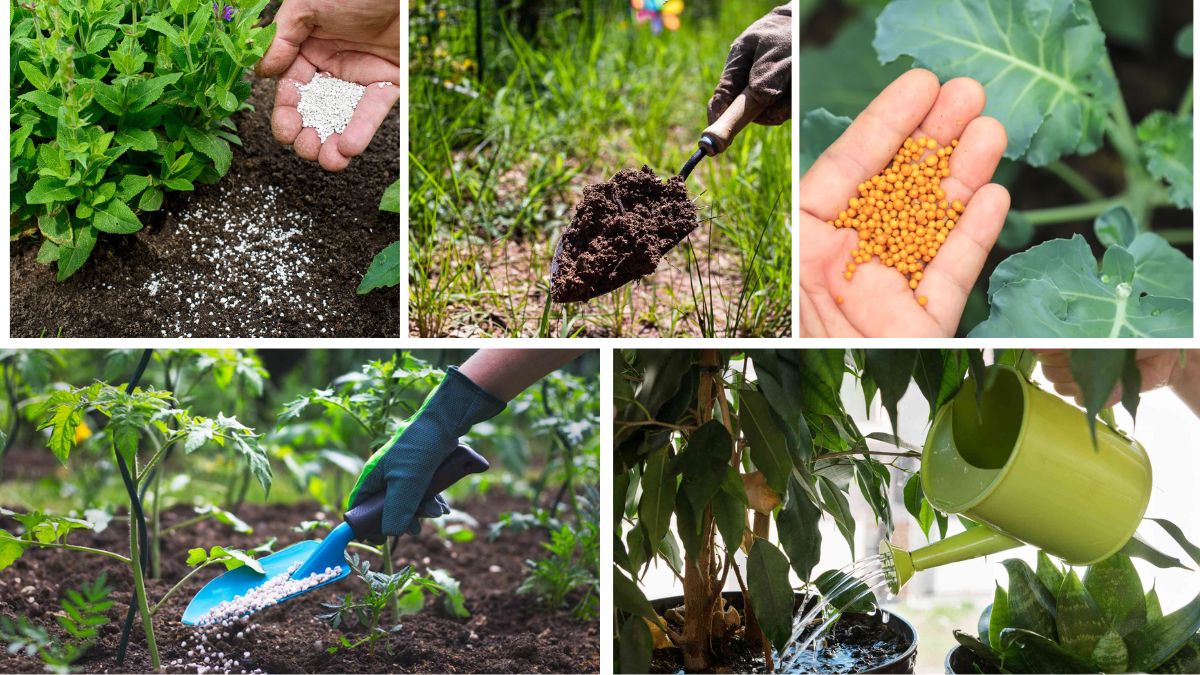Fertilizing your garden is essential for healthy plant growth, lush foliage, and abundant blooms. Fertilizers provide essential nutrients like nitrogen, phosphorus, and potassium that plants need to thrive. However, like many things in gardening, too much of a good thing can be harmful. Over-fertilization, or “fertilizer burn,” can damage your plants, reduce yields, and even lead to plant death if not corrected.
If you’re unsure whether you’re giving your plants too much fertilizer, this guide will help you identify the warning signs and take corrective action, so your garden stays healthy and vibrant.
Why Over-Fertilization Happens
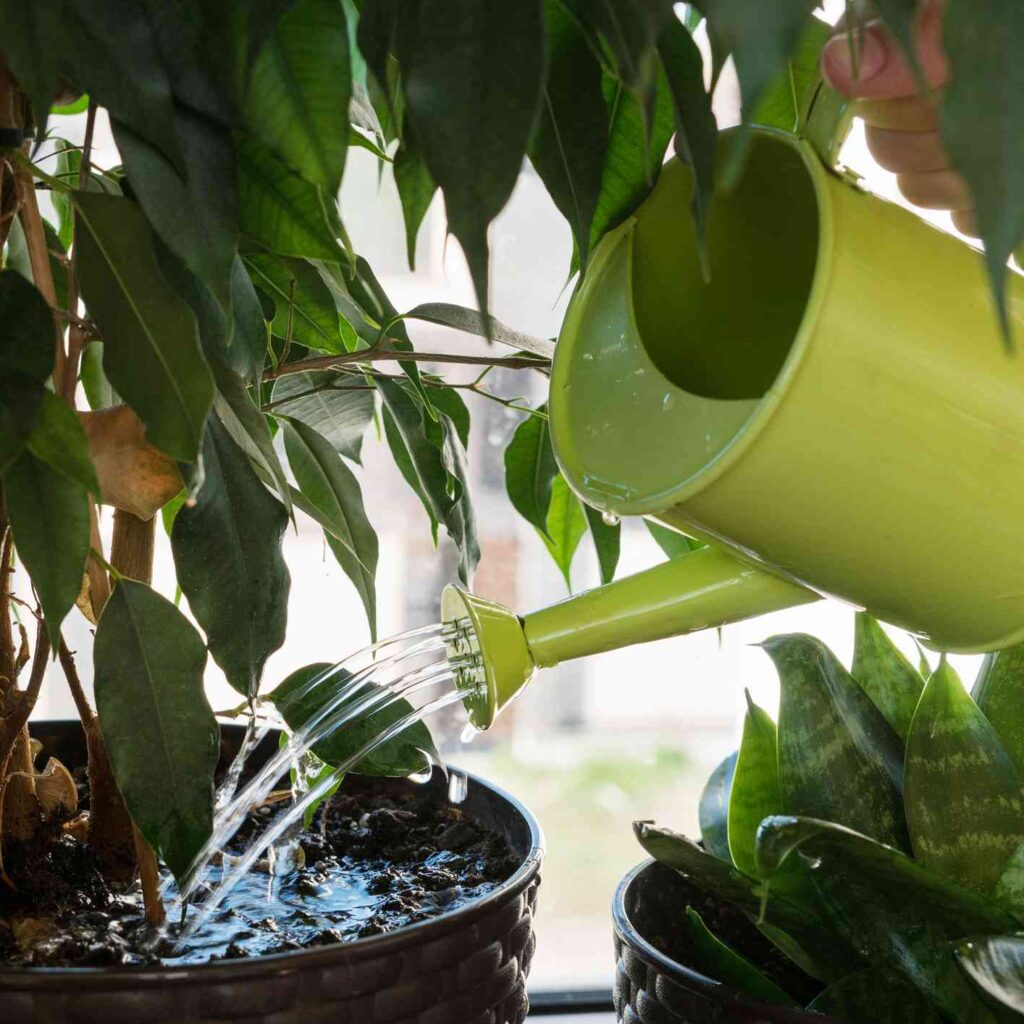
Many gardeners unintentionally over-fertilize for several reasons:
- Desire for fast growth – It’s tempting to apply extra fertilizer hoping for bigger leaves and more flowers.
- Misreading labels – Fertilizer instructions can be confusing, and too many beginner gardeners use higher doses than recommended.
- Frequent applications – Applying small amounts too often can accumulate nutrients in the soil.
- Unawareness of soil health – Fertilizing soil that is already rich in nutrients can overload plants.
Understanding the effects of over-fertilization is essential for preventing long-term damage and promoting balanced plant growth.
Sign 1: Yellowing or Browning Leaf Tips
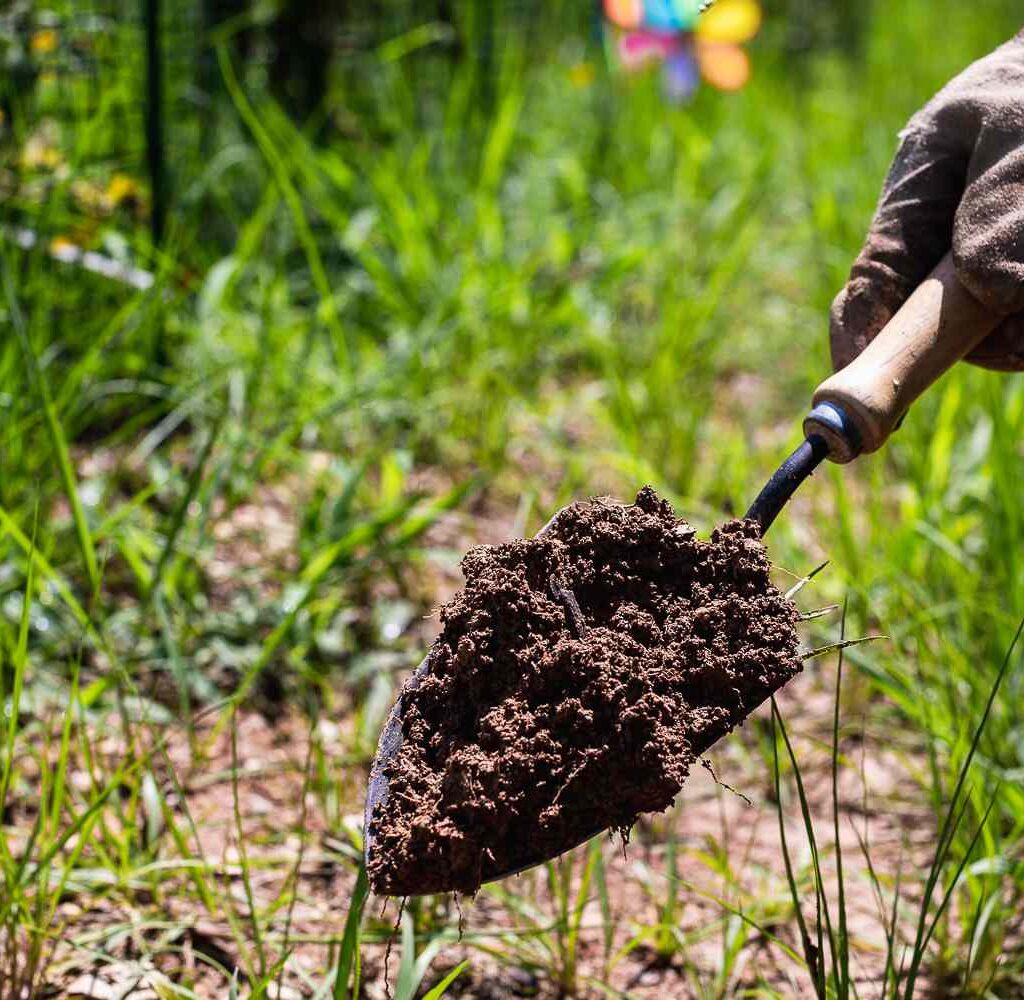
What It Looks Like:
- Leaf tips turning yellow, brown, or burnt.
- Margins curling or crisping, often starting at the edges.
Why It Happens:
Excess salts from fertilizers draw water out of plant roots, leading to dehydration and nutrient imbalance. This is commonly called fertilizer burn.
How to Fix It:
- Flush the soil with water to wash away excess nutrients.
- Reduce the frequency and concentration of fertilizer applications.
- Use a balanced or slow-release fertilizer to prevent spikes in nutrient levels.
Sign 2: Stunted or Abnormal Growth
What It Looks Like:
- Plants fail to grow as expected.
- New shoots are smaller than older ones or appear twisted.
- Leaf development is irregular or deformed.
Why It Happens:
Excess fertilizer can damage root systems and disrupt nutrient uptake. High nitrogen, for instance, may promote leaf growth at the expense of roots, flowers, or fruit, leading to stunted or abnormal growth.
How to Fix It:
- Stop fertilizing for a period to allow plants to recover.
- Test the soil to check nutrient levels before resuming fertilization.
- Prune damaged shoots to encourage healthy new growth.
Sign 3: Leaf Drop or Wilting
What It Looks Like:
- Leaves falling off prematurely.
- Plants appearing wilted even when soil is moist.
Why It Happens:
Over-fertilization causes osmotic stress in plant roots, making it difficult for them to absorb water. Even well-watered plants may appear dehydrated.
How to Fix It:
- Water the plants deeply to dilute accumulated salts in the soil.
- Avoid applying fertilizers during hot, dry periods when stress is more likely.
- Choose fertilizers with appropriate nutrient ratios for the plant type.
Sign 4: Excessive Leaf Growth With No Flowers or Fruit

What It Looks Like:
- Lush, green foliage but few or no flowers or fruits.
- Plants looking healthy but unproductive.
Why It Happens:
Too much nitrogen encourages vegetative growth at the expense of reproductive growth. Plants focus on leaves instead of flowers, buds, or fruit. This is a common issue with ornamental plants and vegetables.
How to Fix It:
- Reduce nitrogen-heavy fertilizers and switch to formulations higher in phosphorus and potassium.
- Follow recommended application rates and avoid “extra doses.”
- Consider slow-release fertilizers to provide a balanced supply over time.
Sign 5: Soil Problems and Salt Build-Up
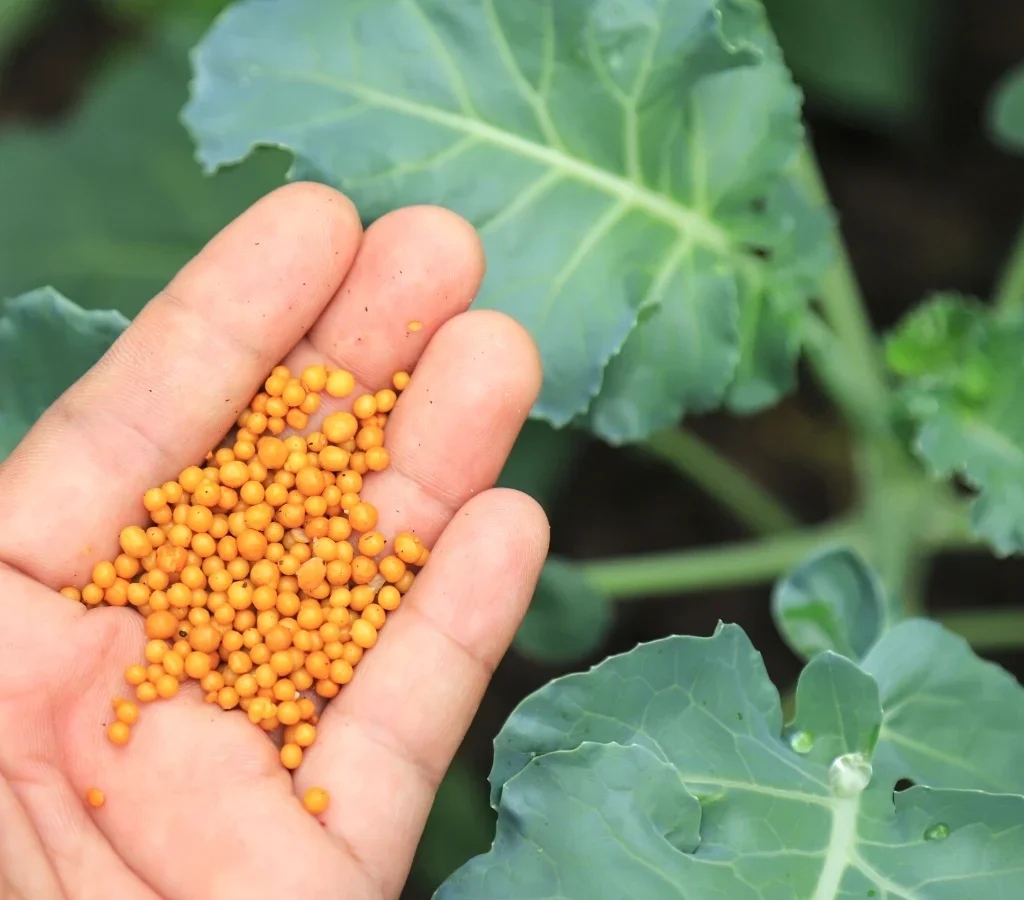
What It Looks Like:
- White crust or residue forming on the soil surface.
- Poor soil drainage and hardened soil.
- Plants struggling even after watering and fertilizing.
Why It Happens:
Repeated over-fertilization increases salt concentration in the soil, which can damage roots and reduce microbial activity. High salts can interfere with nutrient absorption and water uptake, leading to poor plant health.
How to Fix It:
- Flush the soil thoroughly with water to leach out excess salts.
- Rotate crops and incorporate organic matter to improve soil structure.
- Avoid applying fertilizers on compacted or poorly-draining soils.
Tips to Avoid Over-Fertilization
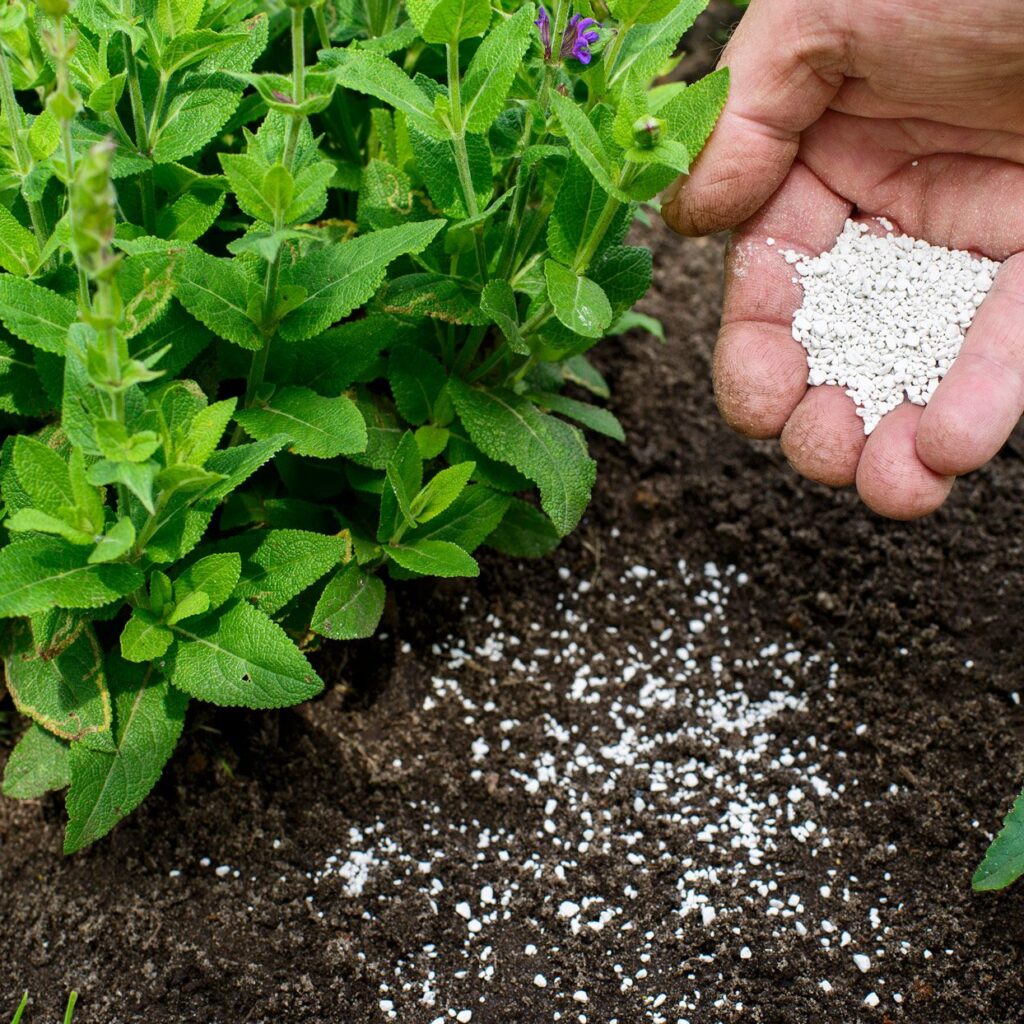
- Test Your Soil Regularly
- A soil test identifies nutrient deficiencies and helps you apply the correct amount of fertilizer.
- Follow Fertilizer Instructions Carefully
- Read labels for application rate, frequency, and method.
- Use Slow-Release Fertilizers
- These provide nutrients gradually, reducing the risk of spikes and burns.
- Water Properly
- Deep, infrequent watering helps nutrients reach the roots and prevents accumulation on the soil surface.
- Observe Your Plants Closely
- Regular monitoring allows you to catch signs of over-fertilization early and take corrective measures.
- Consider Organic Fertilizers
- Compost, manure, and other organic amendments release nutrients slowly and improve soil health.
Preventing Long-Term Damage
Over-fertilization not only affects immediate plant health but also impacts soil quality over time. High nutrient levels can harm beneficial microbes and lead to imbalances in the garden ecosystem. To prevent long-term problems:
- Incorporate organic matter to enhance soil structure.
- Rotate plants annually to maintain nutrient balance.
- Avoid excessive fertilizer on container plants, which are more sensitive than garden beds.
- Monitor for pest and disease outbreaks, which can be exacerbated by excessive nitrogen.
Conclusion
Fertilizers are a powerful tool for creating healthy, productive gardens, but too much can quickly turn beneficial nutrients into a source of stress and damage. By recognizing the five key signs of over-fertilization—yellowing leaf tips, stunted or abnormal growth, leaf drop or wilting, excessive leaf growth with no flowers or fruit, and soil problems—you can take corrective action before it’s too late.
Proper fertilization involves balance, observation, and understanding your plants’ needs. Test your soil, follow product instructions, choose slow-release fertilizers, and water appropriately to provide the right nutrients without overloading your garden.
By avoiding the common pitfalls of over-fertilization, your plants will thrive, producing vibrant foliage, beautiful blooms, and abundant fruit, while your garden remains a healthy, balanced ecosystem.
Gardening is a learning journey—once you understand the signals your plants are sending, you can adjust care, optimize growth, and enjoy the full rewards of a lush, thriving garden.
